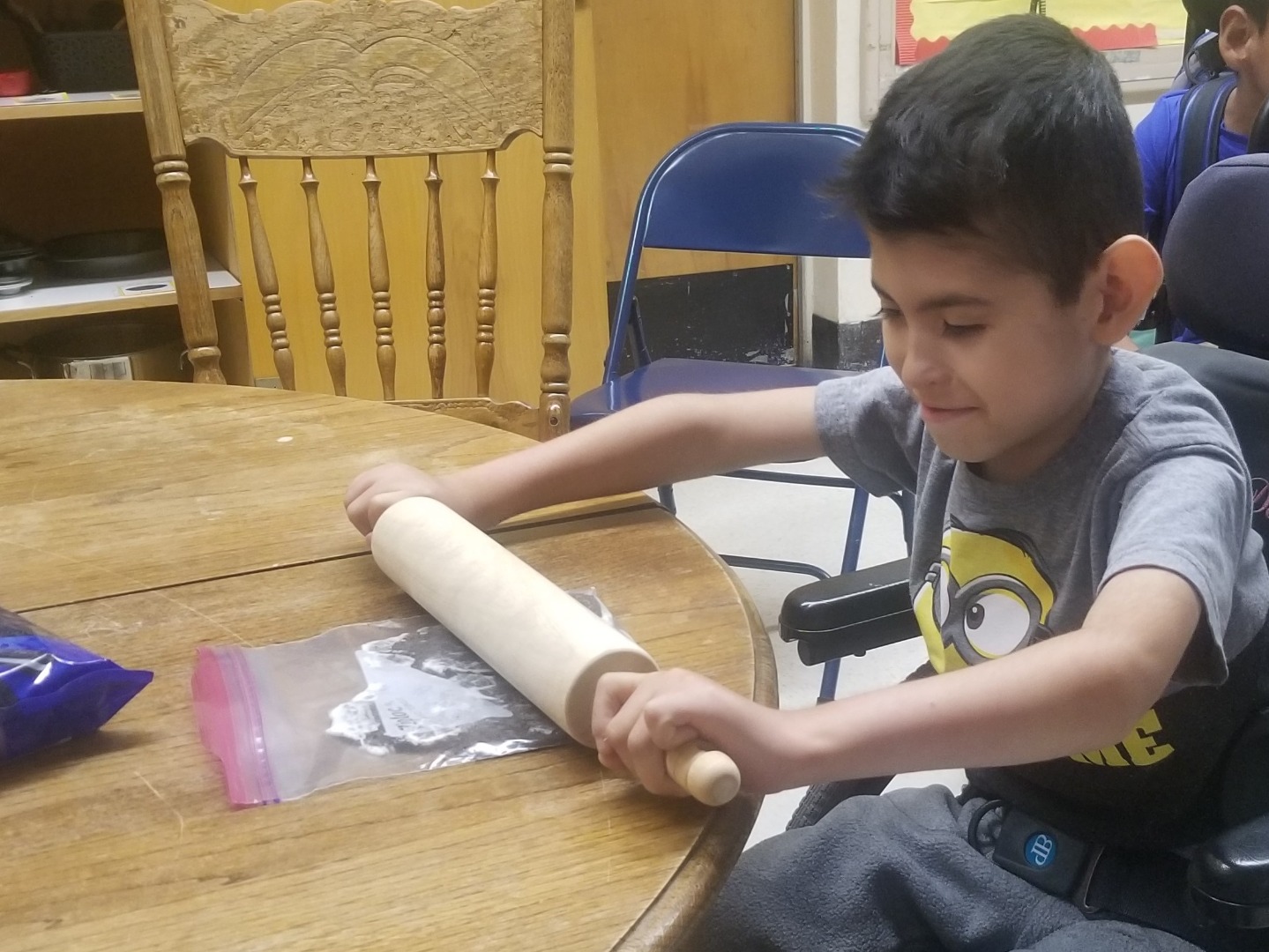Cooking
Le's face it, our students and even ourselves love eating! What better motivator to teach new skills than using food! However, due to difficulties in receptive language, expressive language, and motor abilities, a little creativity is required to help our students create culinary masterpieces!
Modify Cooking Materials
All students can cook, but not all materials are made for our students. The following are ideas we can put in place to help support our student's culinary success. But first thing first, don't forget wheelchair trays! This is the easiest way to bring material closer to students on a stable surface.
Hair Roller Handles
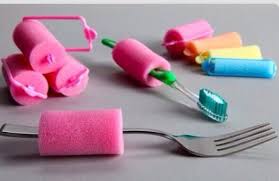
Dycem Placemat
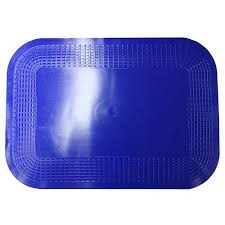
Powerlink
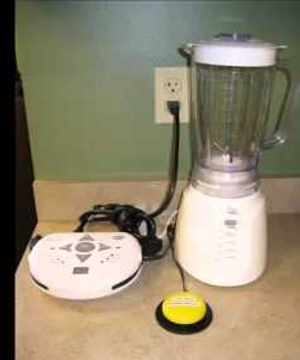
Using Labels
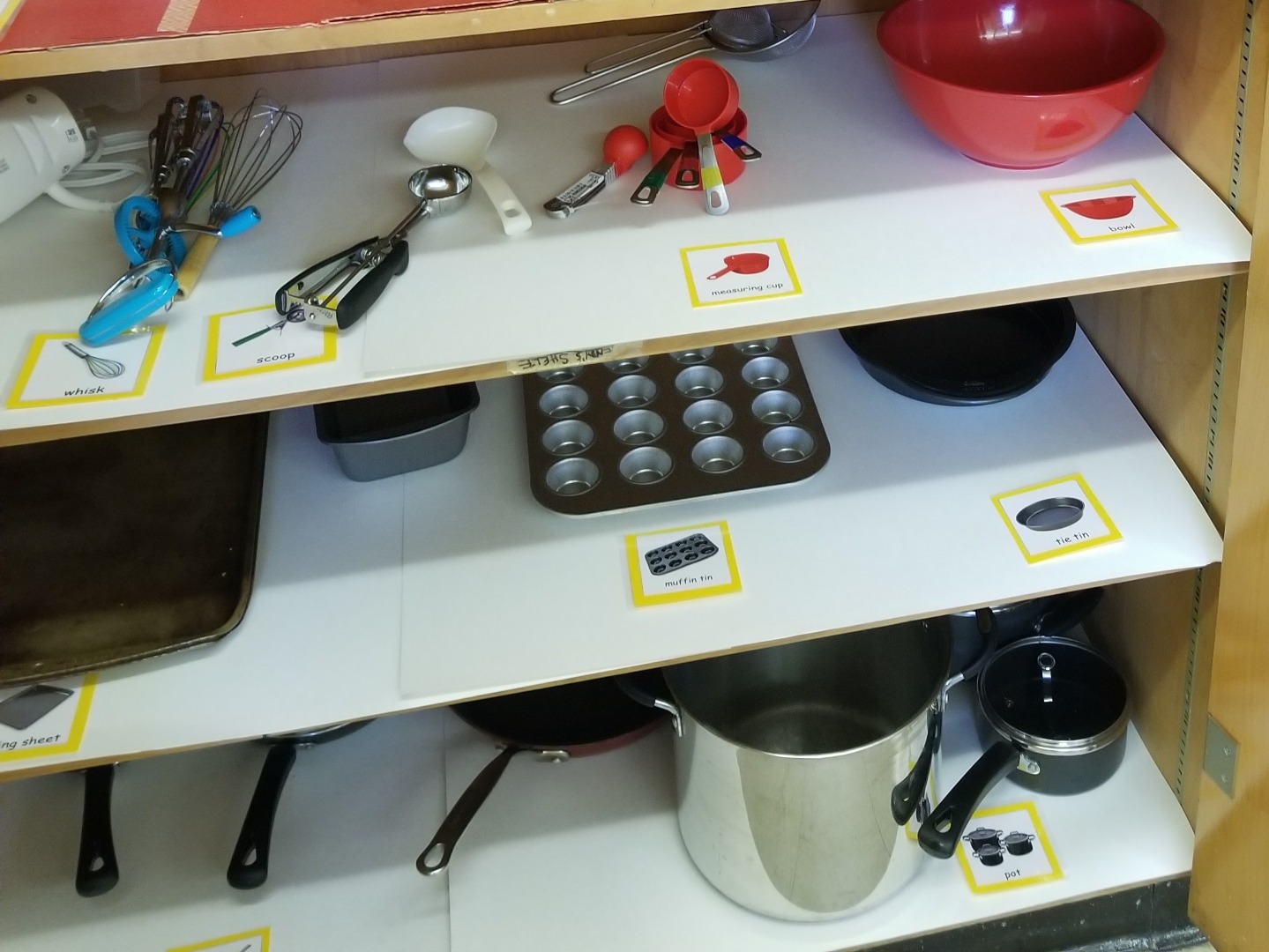
Getting Creative
